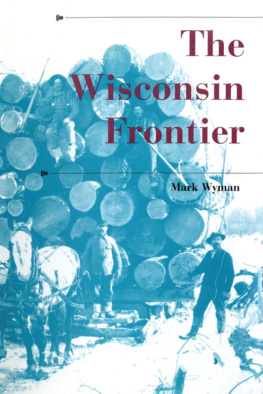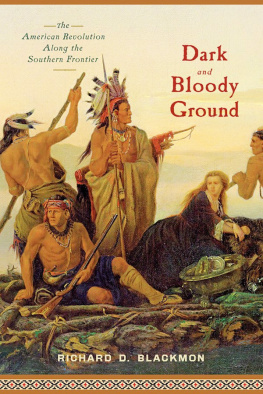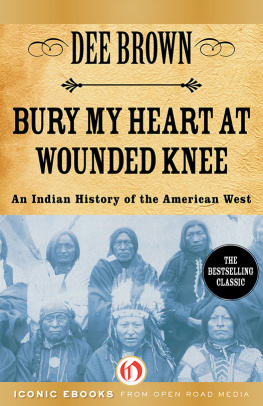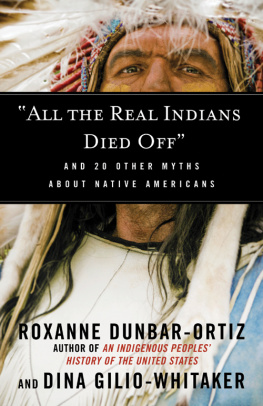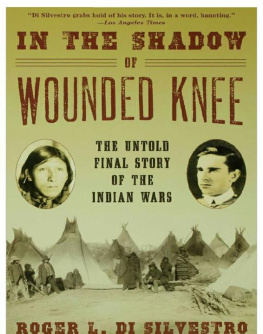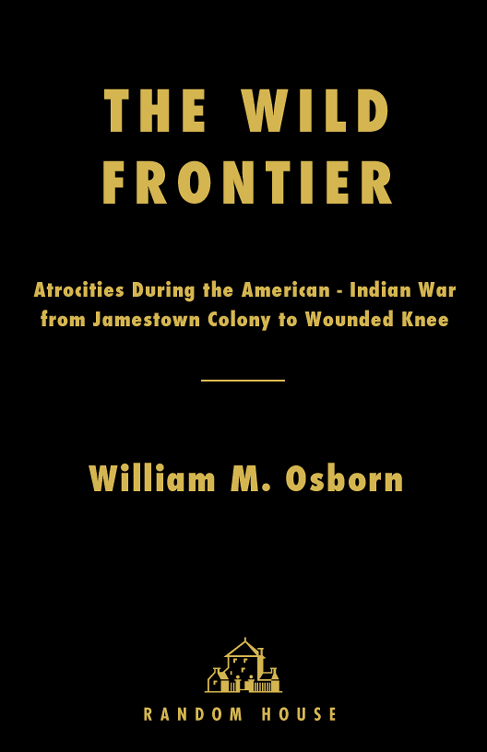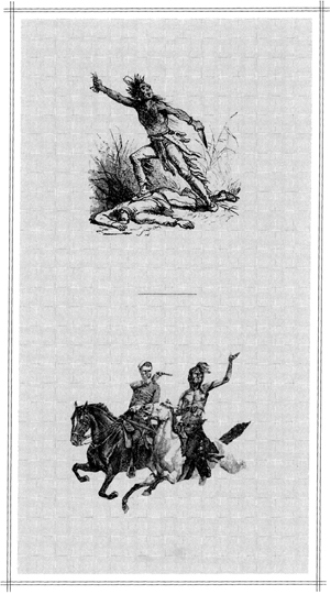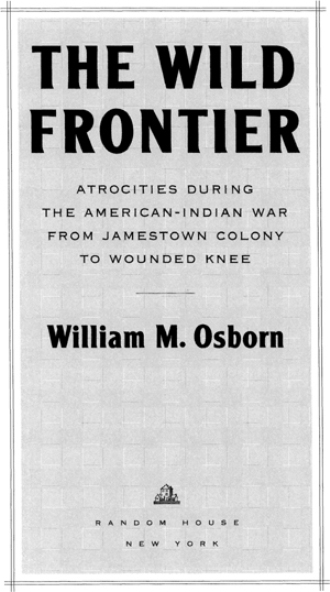William M. Osborn - The Wild Frontier: Atrocities During the American-Indian War from Jamestown Colony to Wounded Knee
Here you can read online William M. Osborn - The Wild Frontier: Atrocities During the American-Indian War from Jamestown Colony to Wounded Knee full text of the book (entire story) in english for free. Download pdf and epub, get meaning, cover and reviews about this ebook. City: New York, year: 2001, publisher: Random House, genre: History / Science. Description of the work, (preface) as well as reviews are available. Best literature library LitArk.com created for fans of good reading and offers a wide selection of genres:
Romance novel
Science fiction
Adventure
Detective
Science
History
Home and family
Prose
Art
Politics
Computer
Non-fiction
Religion
Business
Children
Humor
Choose a favorite category and find really read worthwhile books. Enjoy immersion in the world of imagination, feel the emotions of the characters or learn something new for yourself, make an fascinating discovery.

- Book:The Wild Frontier: Atrocities During the American-Indian War from Jamestown Colony to Wounded Knee
- Author:
- Publisher:Random House
- Genre:
- Year:2001
- City:New York
- Rating:5 / 5
- Favourites:Add to favourites
- Your mark:
The Wild Frontier: Atrocities During the American-Indian War from Jamestown Colony to Wounded Knee: summary, description and annotation
We offer to read an annotation, description, summary or preface (depends on what the author of the book "The Wild Frontier: Atrocities During the American-Indian War from Jamestown Colony to Wounded Knee" wrote himself). If you haven't found the necessary information about the book — write in the comments, we will try to find it.
In The Wild Frontier, William M. Osborn discusses the changing settler attitude toward the Indians over several centuries, as well as Indian and settler characteristicsthe Indian love of warfare, for instance (more than 400 inter-tribal wars were fought even after the threatening settlers arrived), and the settlers irresistible desire for the land occupied by the Indians.
The atrocities described in The Wild Frontier led to the death of more than 9,000 settlers and 7,000 Indians. Most of these events were not only horrible but bizarre. Notoriously, the British use of Indians to terrorize the settlers during the American Revolution left bitter feelings, which in turn contributed to atrocious conduct on the part of the settlers. Osborn also discusses other controversial subjects, such as the treaties with the Indians, matters relating to the occupation of land, the major part disease played in the war, and the statements by both settlers and Indians each arguing for the extermination of the other. He details the disgraceful American government policy toward the Indians, which continues even today, and speculates about the uncertain future of the Indians themselves.
Thousands of eyewitness accounts are the raw material of The Wild Frontier, in which we learn that many Indians tortured and killed prisoners, and some even engaged in cannibalism; and that though numerous settlers came to the New World for religious reasons, or to escape English oppression, many others were convicted of crimes and came to avoid being hanged.
The Wild Frontier tells a story that helps us understand our history, and how as the settlers moved west, they often brutally expelled the Indians by force while themselves suffering torture and kidnapping.
William M. Osborn: author's other books
Who wrote The Wild Frontier: Atrocities During the American-Indian War from Jamestown Colony to Wounded Knee? Find out the surname, the name of the author of the book and a list of all author's works by series.


